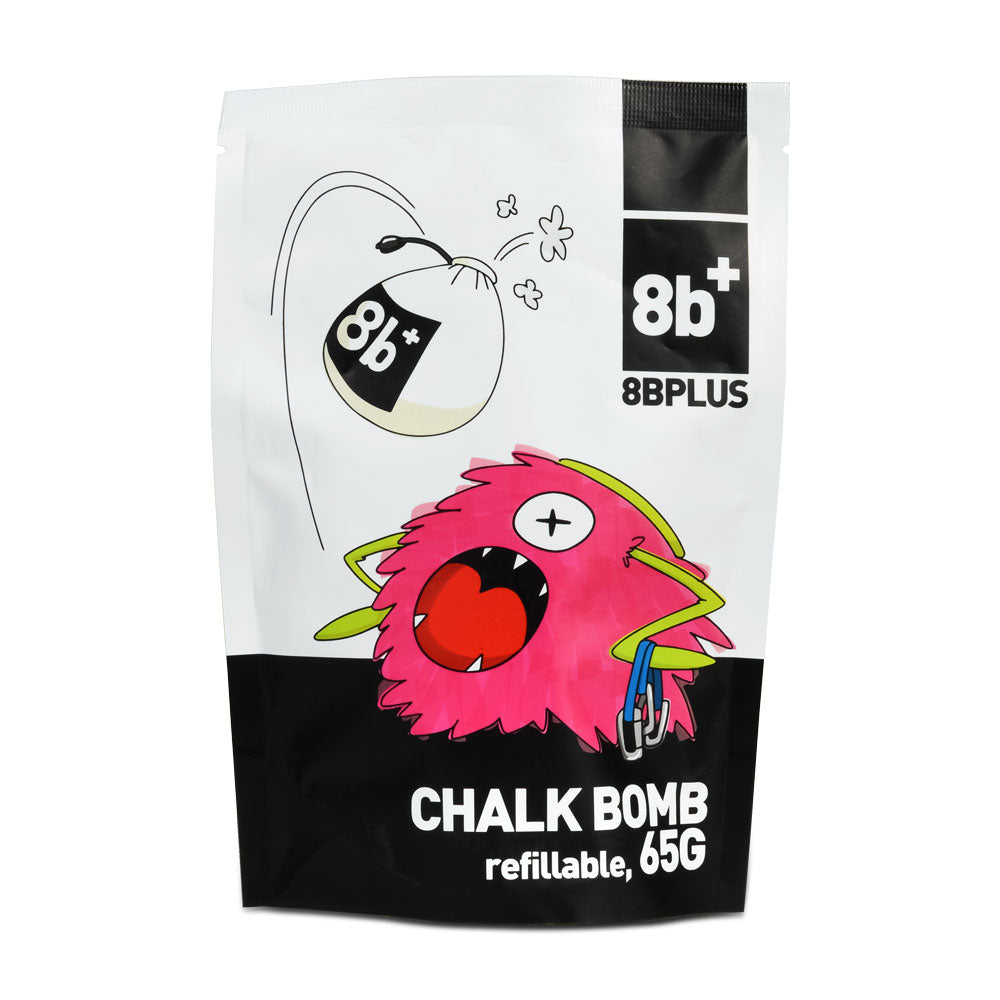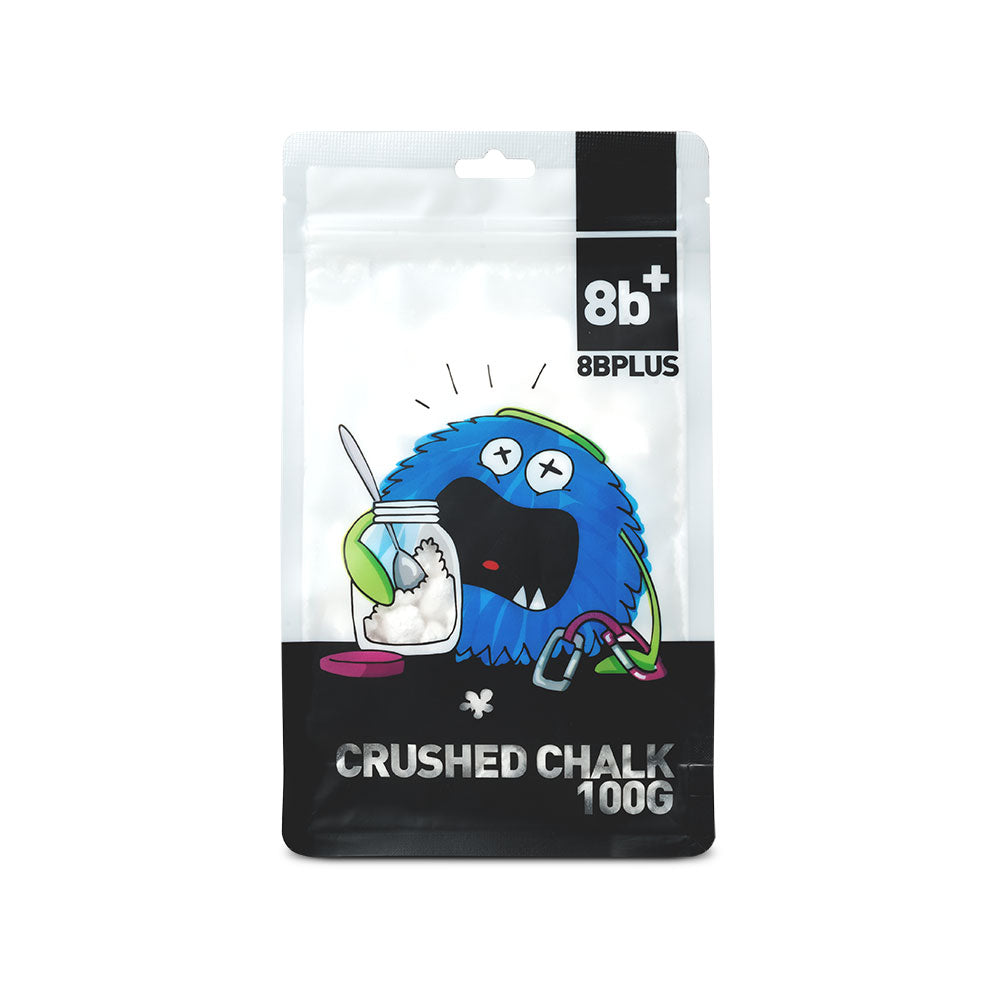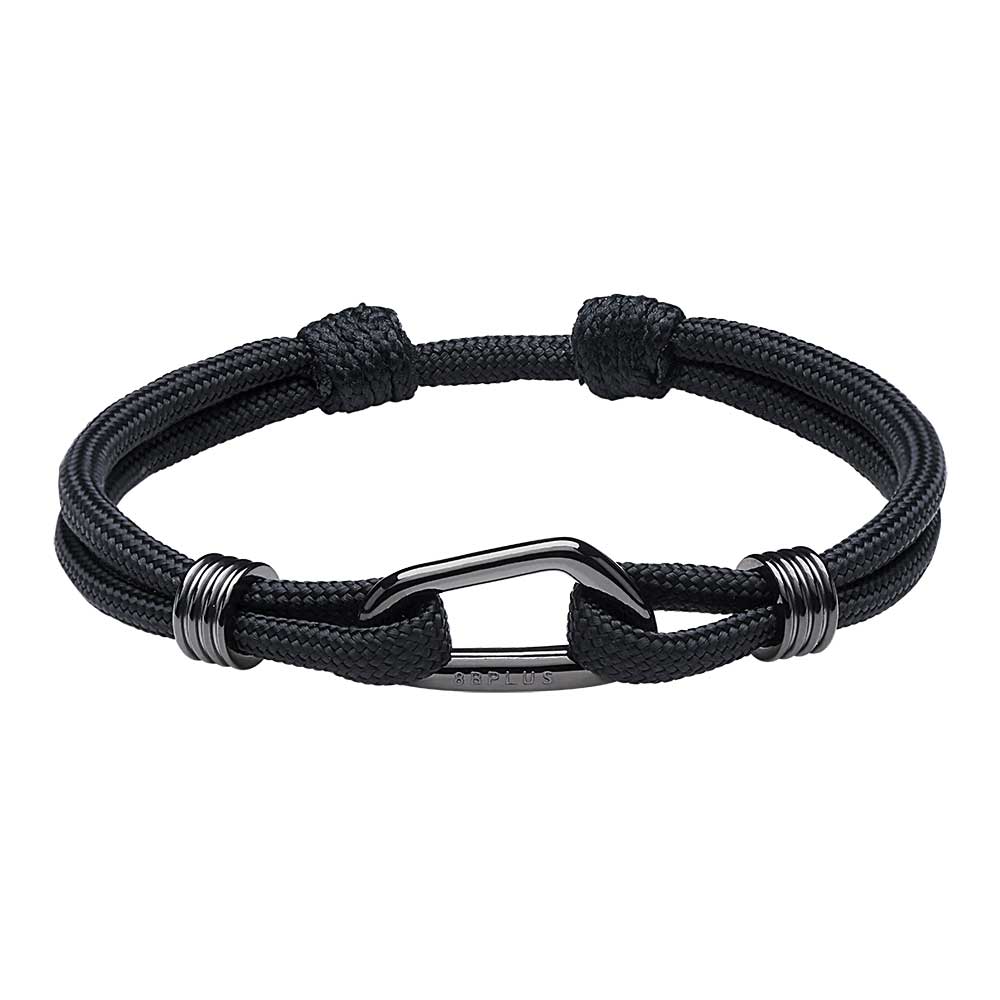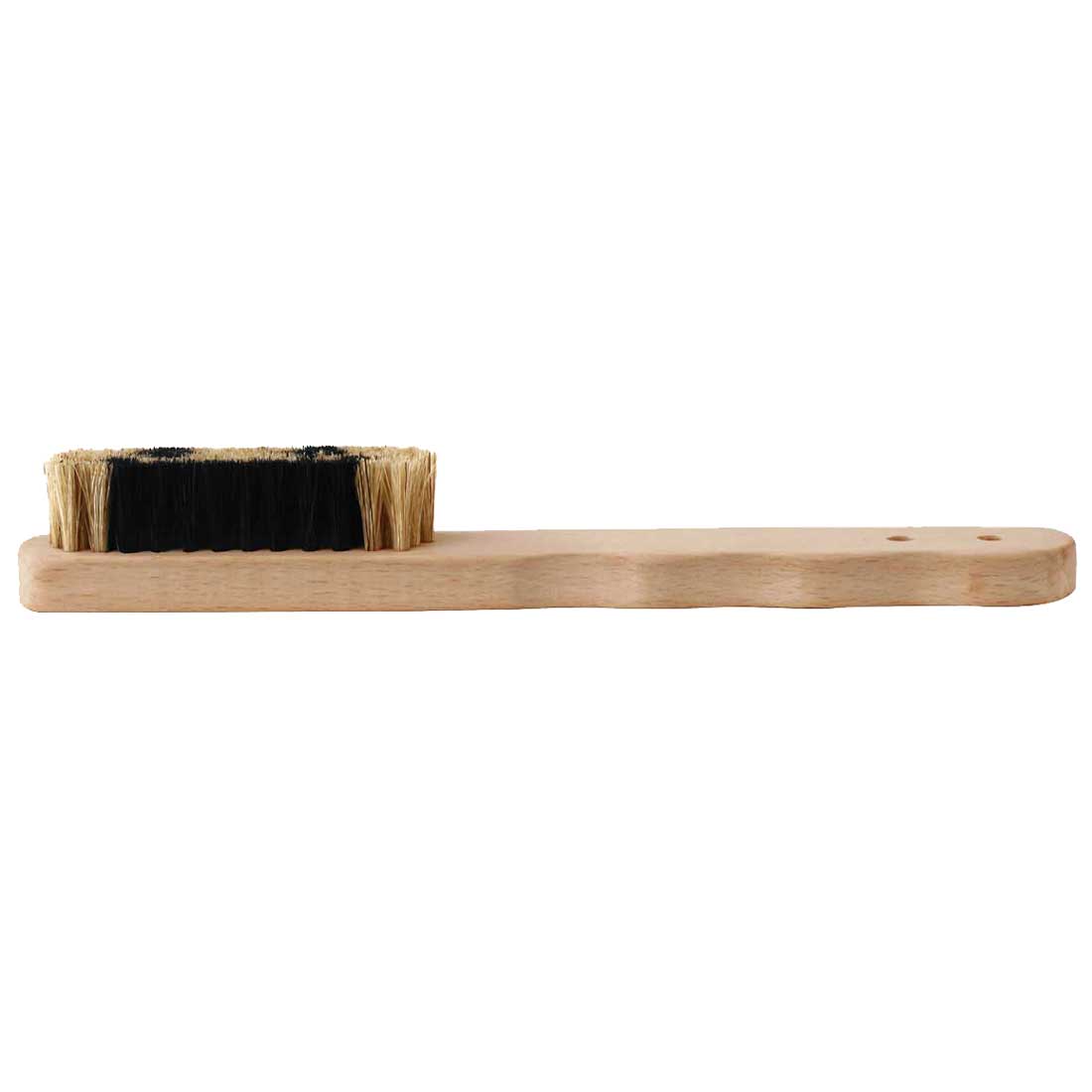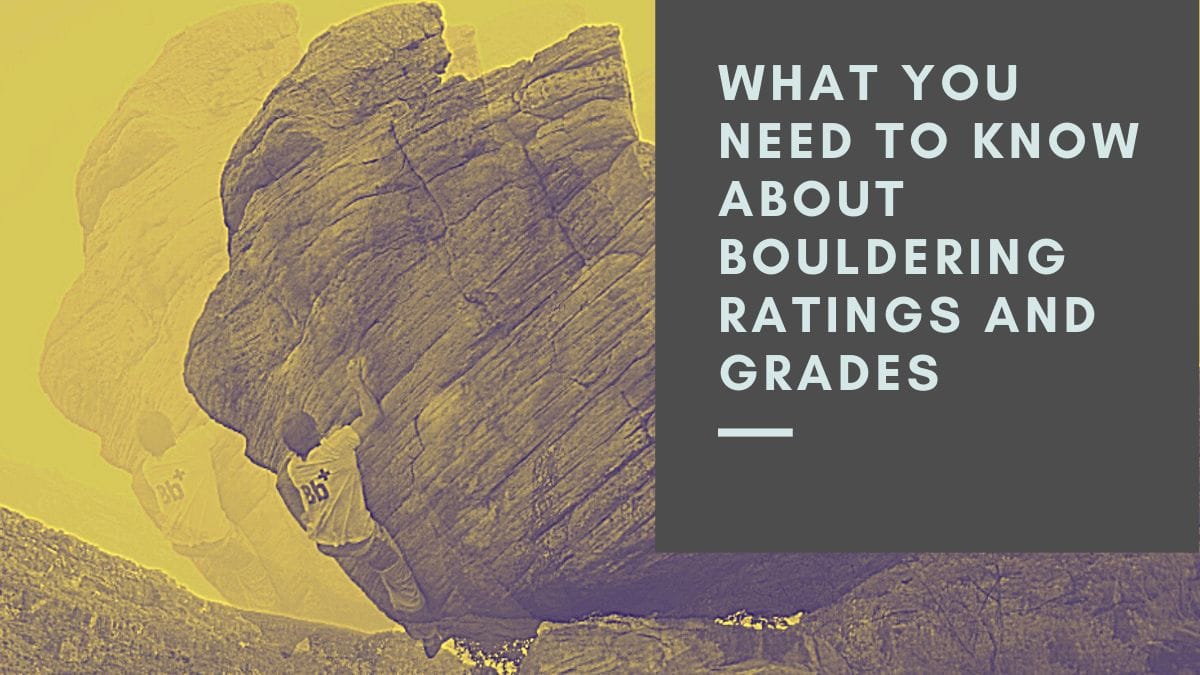
What You Need to Know About Bouldering Ratings and Grades
Bouldering ratings are a helpful tool for choosing problems suited to your skill level. They’re also great for tracking your progress as a climber. However, they do have one major problem: They’re seriously confusing.
If you’ve ever wondered what a 6C+ means as opposed to a V12-, you’re in the right place. Keep reading to find out what the different bouldering ratings mean and how to use them.
Standard Grading Scales
Bouldering ratings (or grades) rank climbs based on their difficulty. While some private gyms come up with their own grading systems, most problems are rated on one of two standard scales: the “V” scale and the “Font” scale.
The V Scale
Named after legendary bouldering pioneer John “Vermin” Sherman, the V Scale is used in North America, Australia, and other parts of the Oceanic region. It currently ranges from V0 (beginner friendly) to V17 (beyondexpert level). The numbers increase along with difficulty, so most climbing gyms only set problems into the low double digits (V12 or 13).
Sometimes you might see a V rating with a + or – sign attached to it. These symbols translate into “hard” and “soft,” respectively, and add a bit more wiggle room into the grading system. For example, a V6+ (hard V6) is a very difficult V6 problem, but not quite difficult enough to be rated V7.
The Font Scale
This bouldering grading system is named after the Fontainebleau region in France, home to one of the best bouldering landscapes in the world. It’s popular throughout most of Europe and Asia. Like the V scale, higher numbers mean harder problems—but once you reach the F6 level (intermediate difficulty), it gets a little more complicated.
The Font scale uses a combination of letters (A, B, and C) and symbols (- or +) to indicate increasing levels of difficulty. For example, a 7A+ is harder than a 7A- but easier than a 7B. The scale currently starts at 1 and ends at 9A, but higher numbers can be added as even more difficult problems appear in the future.
How Bouldering Ratings Are Decided
The typical procedure for deciding a rating goes something like this: One climber sets a problem, climbs it a few times, and assigns a grade based on how difficult they found it. They then get a few other climbers to try it out and adjust the grading accordingly.
Unfortunately, this process is very subjective. If you have a large wingspan, a problem that’s only a V2 difficulty for you might be nearly impossible for someone who’s more petite. That’s why it’s so important to examine the rock before climbing and choose problems that will suit both your body type and experience level.
Bouldering Vs. Sport Climbing Grades
If you’re new to bouldering but already familiar with sport climbing, you’re probably wondering how the grading systems compare to each other. Because sport climbing is focused on endurance and bouldering relies on powerful and dynamic motion, a beginner bouldering problem relates to an intermediate-level sport route.
Even if you’re an experienced sport climber, it’s wise to start with lower-grade problems until you’re more familiar with bouldering moves.
Using Ratings to Track Your Progress
Bouldering ratings are a great tool for watching your progression as a climber. There’s nothing like the satisfaction of finally moving out of beginner territory and sending your first V3!
Remember that climbing grades are subjective, though. Depending on your size, strength, and flexibility, a low-rated problem may end up being more difficult for you than one with a higher rating. Use the ratings more as a general guideline than as a set of hard and fast rules.
Before you head out into the wild to tackle your next problem, make sure to check out our innovative selection of boulderbags. They put the “fun” in function and ensure you’ll always stay chalked-up and ready to climb!














